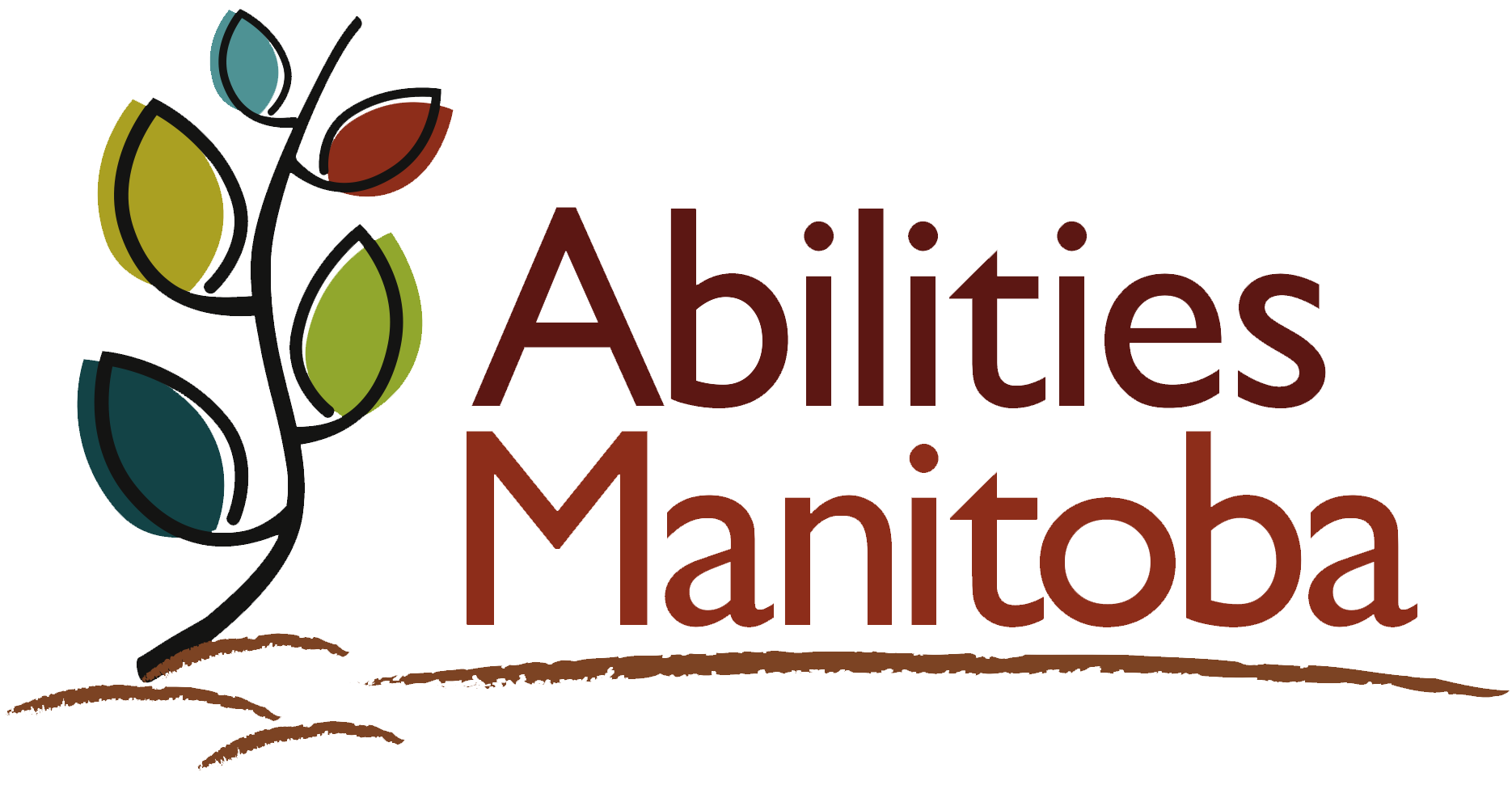Documents authored by Abilities Manitoba are available in alternative formats. For other shared documents and resources, please contact the original author. If you require any assistance please contact us and we will do our best to accommodate you.
You can contact us at admin@abilitiesmanitoba.org or 431-688-6108.
Leading Practice Guidelines
Creating Home
Type: Wellbeing
Guideline: Where a home is provided as part of service, the organization helps the person choose and create a home in which they feel safe, secure, and comfortable. The home’s location and environment facilitate independence, social inclusion and enhances the person’s desired outcomes. The home creates a sense of belonging, control and sanctuary for the person.
What does this look like?
The organization supports each person served to create an environment, atmosphere and routines in their home that facilitates a sense of control, privacy, security and comfort. Important aspects of creating a home are:
- People served feel in control over what happens in their home and direct their routines and events on a daily basis. The organization expects and trains staff to support people in a manner that ensures they feel a sense of belonging and control in their home.
- People are supported and encouraged to invite family, friends, neighbours and others in their support network to their home.
- The organization supports this by teaching and showing hospitality to visitors in the home. The organization facilitates private spaces for people to visit if they wish and space is available.
- People feel safe in their home. They are not subject to abuse or mistreatment from roommates, staff or community members.
- People have access to their home using a key or other means accessible to them. They can access and use all common areas in their home along with a private space for themselves. Their bedroom can be locked by them with the understanding and explanation that staff may enter in an emergency.
- The organization helps people decorate and personalize their home and particularly their bedroom so that the home reflects their personality, wishes, interests and preferences.
- If people supported want to keep a pet, the organization makes an effort to support this wherever possible. This may be dependent upon available resources, building rules and the agreement of all sharing the home.
- The organization strives to serve people in integrated communities and homes. Places where people with diverse needs, strengths, abilities and interests live.
- The home is located as near as possible to individuals who are important to people and their known community in order to help retain natural connections. The location enables people to be an active member of the community if they choose. There is consideration for access to public transport and other amenities, distance from places they frequently go to work and have fun.
- People are able to unwind and rest in their home as they wish. There is space that is relaxed, welcoming, peaceful and free from avoidable and intrusive noise.
- The home blends into the surrounding community.
- The organization organizes their services and supports so that people gain a sense of permanence and history surrounding their home. People are not given cause to fear losing their home without significant reasons.
- The home is accessible and adapted to promote independence by meeting the specific needs of people living in the home. The environment is equipped where required with assistive technology, equipment and supports to enable the full capabilities of people. These may include:
- Being equipped appropriately with hoisting, bathing, showering, changing and other mobility equipment people require.
- Considering the person’s individual sensory needs and how to meet them.
- Keeping the person’s needs in mind when purchasing household items or furniture (e.g. small jugs or containers for liquids so people can pour their own drinks, tables with central pedestals to allow ease for wheelchair users, etc).
- Using technology to enable independence (e.g. voice activated or switch controlled functions such as turning on lights or opening doors).
- The home is well looked after, comfortable, clean, adequately lit, heated, cooled and ventilated depending upon the outside weather conditions. The home and its contents are maintained in good repair.
- The organization considers the number, age, needs, gender, gender identity, and gender expression when suggesting people share a home.
- The organization supports people to ensure they have access to transport that meets their needs and ensures ease of access to and from their home.
Staff of the organization are trained to understand and facilitate people’s sense of control, independence and comfort in their home. They are expected and know how to bring forward concerns with safety, security or comfort within a home and look for ways to enable people’s ability to use and take care of their home as independently as possible.
How would you know this is happening? (Evidence)
What you see in systems:
- Maintenance records show both preventative and timely repair to homes.
- Training content and completion records are available
What you see in actions:
- People live in homes that are welcoming and comfortable. They have a key to their home. Their homes reflect their personalities and desired outcomes are adapted to meet their needs and maximize their independence. People clearly direct what happens in their home to the extent they wish.
- Staff are competent and confident in their role in supporting people to develop a sense of home and create a hospitable and empowering atmosphere.
Resources to support achieving guideline:
- Sample Home Audit – Values in Action – [To be added soon]
